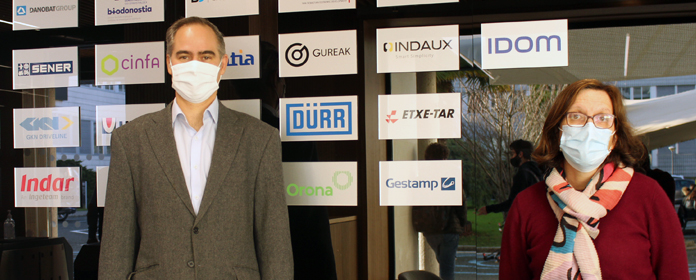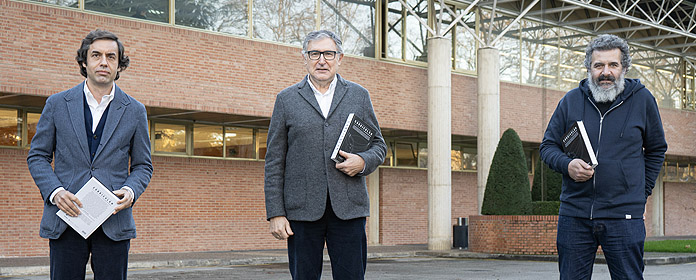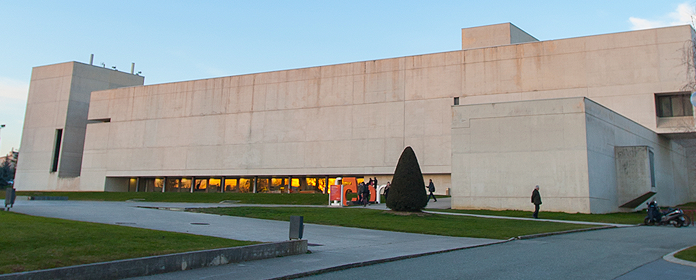Determinan el papel de una alteración proteica en la enfermedad de Parkinson
El estudio de la disfunción de la proteína PINK1 orientará el desarrollo de futuros tratamientos para esta patología neurodegenerativa
Algunos casos de enfermedad de Parkinson se asocian a alteraciones de la proteína PINK1 (PTEN-induced putative kinase 1) pero hasta la fecha no se conocían las repercusiones cerebrales asociada a esta disfunción. Científicos del Laboratorio de Neurogenética del Centro de Investigación Médica Aplicada (CIMA) y del Departamento de Neurología de la Clínica Universidad de Navarra han descubierto que, cuando se altera la proteína PINK1, se producen en el cerebro cuerpos de Lewy. éstos se encuentran en el cerebro de enfermos con Parkinson y se forman por depósitos fibrilares de proteínas anormales. El trabajo, realizado en colaboración con el Institut de Neuropatologia del Hospital de Bellvitge (Hospitalet del Llobregat) y el Hospital Universitario Insular de Gran Canaria (Las Palmas de Gran Canaria), ha sido publicado en la prestigiosa revista internacional Brain. Sus autores son Lluís Samaranch, Oswaldo Lorenzo-Betancor, José M. Arbelo, Isidre Ferrer, Elena Lorenzo, Jaione Irigoyen, María A. Pastor, Carmen Marrero, Concepción Isla, Joanna Herrera-Henríquez y Pau Pastor.
Los investigadores utilizaron técnicas de inmunohistoquímica con anticuerpos anti-a-sinucleína para visualizar los cuerpos de Lewy cerebrales. "Ahora sabemos qué sucede a nivel cerebral cuando la proteína PINK1 se altera. En concreto, es posible que desencadene la cascada de la autofagia, aumente la disfunción mitocondrial y promueva el depósito de a-sinucleína en forma de cuerpos de Lewy", comenta el Dr. Pau Pastor, responsable del Laboratorio de Neurogenética del CIMA, neurólogo de la Clínica Universidad de Navarra y director del trabajo.
En opinión del investigador, "el hecho de que los depósitos cerebrales producidos por la disfunción de esta proteína sean similares a los que se asocian habitualmente con la enfermedad de Parkinson sugiere que terapias que preserven adecuadamente la función de PINK1 podrían ser útiles en esta patología neurodegenerativa. Pensamos que este descubrimiento permitirá conocer mejor las alteraciones cerebrales tempranas de la enfermedad de Parkinson y desarrollar nuevos tratamientos. Además, quiero destacar el esfuerzo de todos los coautores del estudio, en especial de los jóvenes investigadores Lluís Samaranch y Oswaldo Lorenzo-Betancor. Este trabajo demuestra la capacidad de colaboración entre grupos de investigación nacionales y la potencialidad de la ciencia en nuestro país para producir resultados relevantes".





